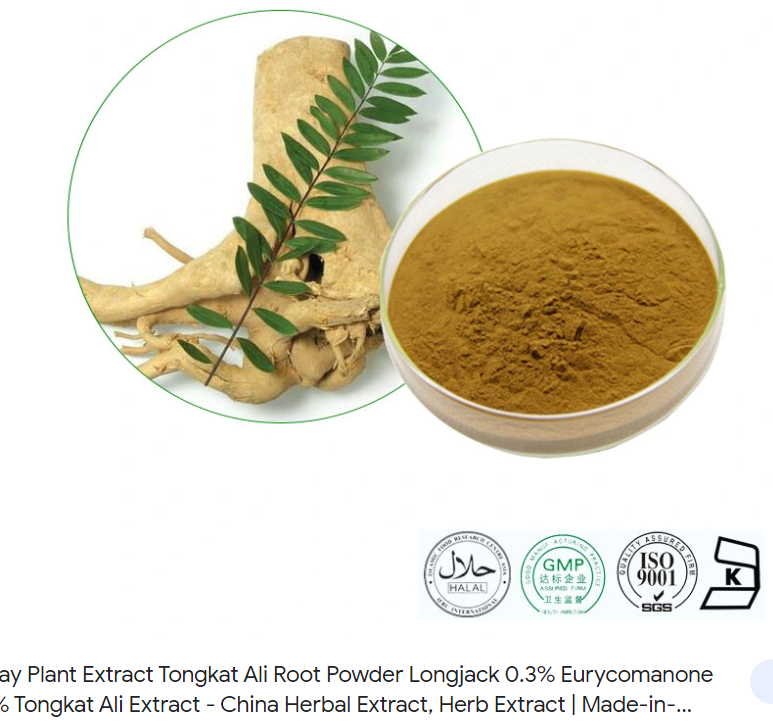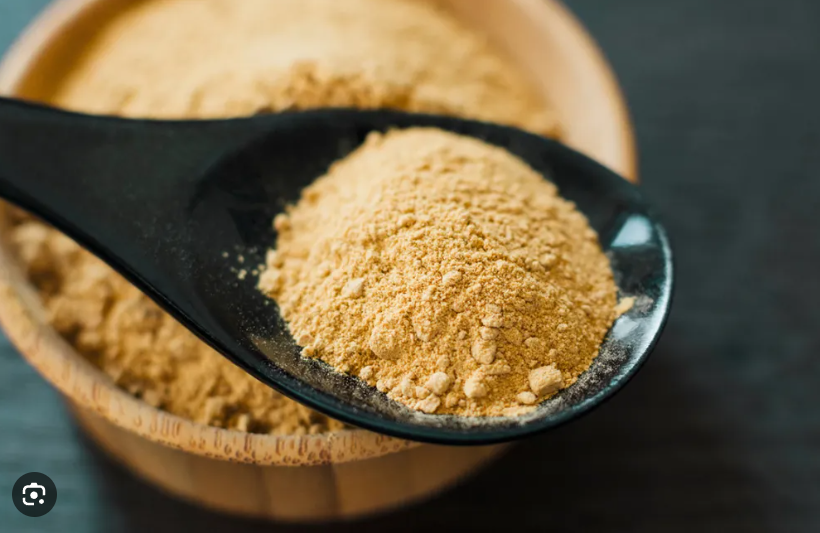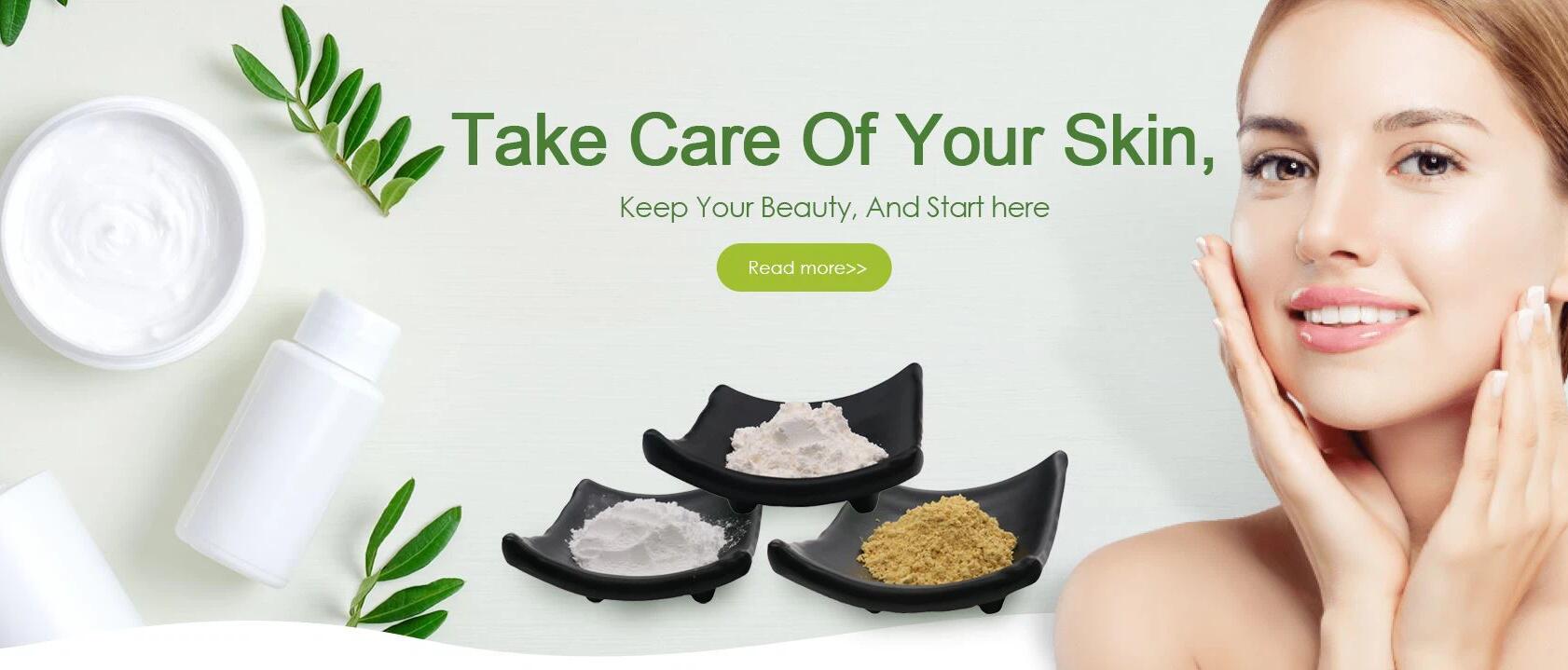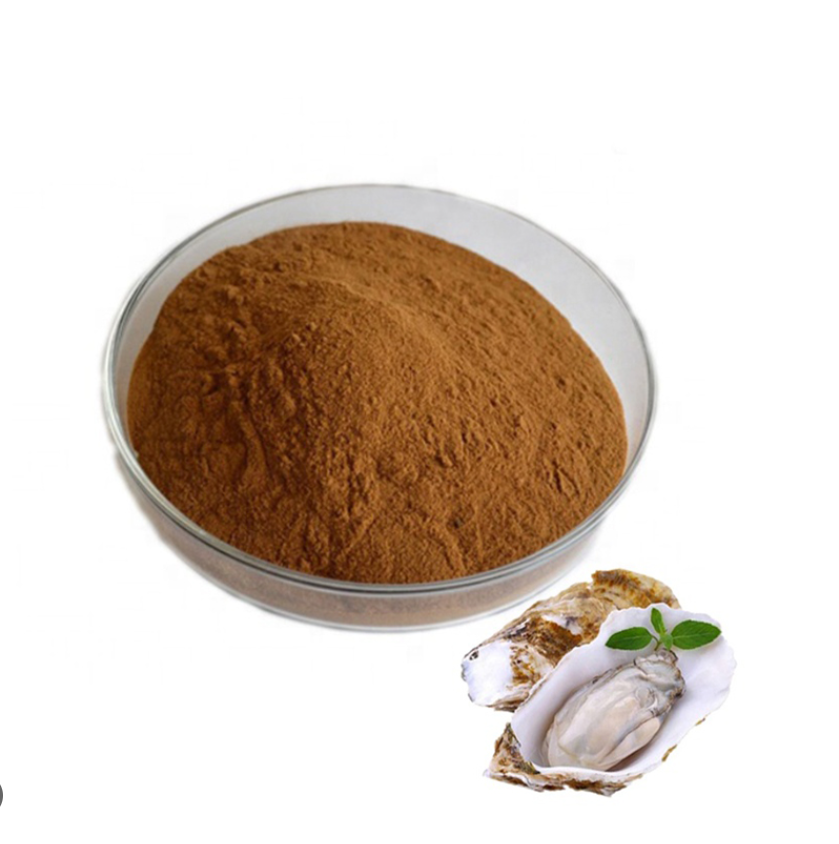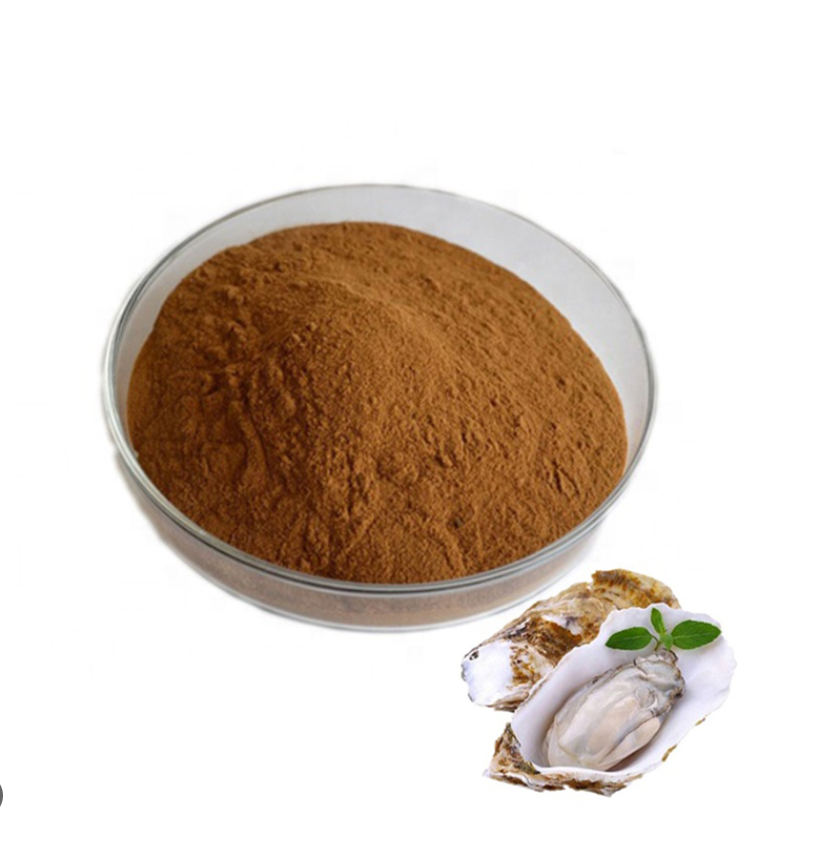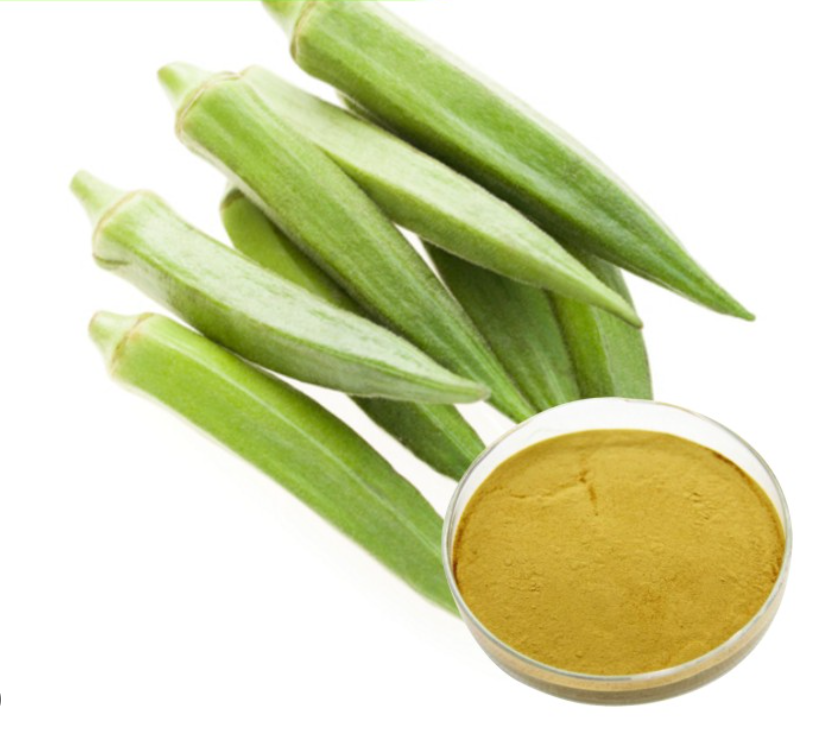Ellagic acid Model NO. CAS 476-66-4 Whitening skin delay aging skin smooth
Colour White Storage Temp.
Store at Rt
Melting Point ≥350 °c
Purity99%Min
Usage Antioxidant
Product Name Ellagic Acid
Other Name Ellagic Acid Powder
MOQ
1KG
Grade
Pharmaceutical Grade
Customized
Non-Customized
Certificate
GMP, ISO 9001
Suitable for
Adult
Transport Package
Foil Bag
Specification
1kg/bag
Origin
China
HS Code
2934990002
Ellagic acid, also known as subtilisin protease, is a serine protease produced by Bacillus subtilis natto during the fermentation of natto. Nattokinase has the functions of dissolving thrombus, reducing blood viscosity, improving blood circulation, softening and increasing blood vessel elasticity. Its active effect is expressed by the inherent unit FU. Due to the safety, stability and good thrombolytic effect of nattokinase, it may be used as an oral agent for thrombosis treatment
Function
1. Scavenging free radicals
Since the 1950s, the antioxidant properties of ellagic acid in the human body and in vitro have been continuously explored and studied, and more and more research results have shown that ellagic acid has strong free radical scavenging and antioxidant capabilities. Ellagic acid has a scavenging effect on oxygen free radicals and hydroxyl free radicals, and its ability to scavenge free radicals is higher than that of antioxidants such as sesamol, olive leaf extract and lutein.
2. Inhibit lipid peroxidation
In inhibiting lipid peroxidation, ellagic acid is considered to be the most effective inhibitor of the initial stage of microsomal NADPH-dependent lipid peroxidation. Ellagic acid can also strongly inhibit the lipid peroxidation induced by adriamycin. . Ellagic acid inhibits iron myoglobin/hydrogen peroxide-dependent lipid peroxidation. Ellagic acid can prevent lipid peroxides (LPO) caused by exogenous substances in T cells, inhibit the production of reactive oxygen species (ROS), and improve cell death caused by cytotoxins.
3. Other antioxidant activities
Ellagic acid can reduce the cell damage caused by radiation, hydrogen peroxide and mitomycin C in mouse bone marrow cells. Ellagic acid effectively inhibits the oxidation of DCDHF induced by peroxynitrite and the oxidation of peroxynitrite itself. At the same time, ellagic acid prevents the single-strand break of pTZ 18U plasmid DNA induced by peroxynitrite and the nitration of tyrosyl groups in calf serum albumin. Therefore, in vitro, ellagic acid protects biomolecules from oxidative and nitrifying damage caused by peroxynitrite.
4.Melanocytes exist in the basal layer of the epidermis, where melanin is produced. The raw material for melanin production is tyrosine (tyrosine), and tyrosine must be converted into dopa (DOPA) and dopaquinine (DOPAquinine) by tyrosinase, and finally melanin (melanin) is formed. Ellagic acid blocks the production of melanin by inhibiting the activity of tyrosinase.Therefore, high-purity ellagic acid is mainly used as an additive in medicines, health foods and cosmetics, as functional factors such as anti-oxidation, suppression of human immunodeficiency virus, and skin whitening.
 Ellagic acid (EA) is one of the plant phenolics associated with human health benefits. It derives from ellagitannins found in some nuts, seeds, and fruits, especially berries. Strawberries are considered a functional food and nutraceutical source, mainly because of their high concentration of EA and its precursors. This review presents the current state of knowledge regarding EA, focusing on its content in strawberry plants, stability during processing and storage of strawberry-based foods, production methods, and relevance to human health. As alternatives to acid-solvent extraction, fermentation-enzymatic bioprocesses hold great promises for more eco-efficient production of EA from plant materials. Strawberry fruits are generally rich in EA, with large variations depending on cultivar, growth conditions and maturity at harvest. High EA contents are also reported in strawberry achenes and leaves, and in wild strawberries. Strawberry postharvest storage, processing and subsequent storage can influence EA content. EA low concentration in strawberry juice and wine can be increased by incorporating pre-treated achenes. Widespread recognition of strawberries as functional foods is substantiated by evidence of EA biological effects, including antioxidant, antiinflammatory, antidiabetic, cardioprotective, neuroprotective, and prebiotic effects. The health benefits attributed to EA-rich foods are thought to involve various protective mechanisms at the cellular level. Dietary EA is converted by the intestinal microbiota to urolithins, which are better absorbed than EA and may contribute significantly to the health effects attributed to EA-rich foods. Based on the evidence available, strawberry EA shows strong promises for functional, nutraceutical, and pharmaceutical applications. Future research should be directed at quantifying EA in different parts of the strawberry plant and in their byproducts; optimizing EA production from byproducts; understanding the biological actions of EA-derived metabolites in vivo, including the interactions between EA metabolites, other substances and food/biological matrices; characterizing the conditions and microorganisms involved in urolithin production; and developing delivery systems that enhance EA functionality and bioactivity.
Ellagic acid (EA) is one of the plant phenolics associated with human health benefits. It derives from ellagitannins found in some nuts, seeds, and fruits, especially berries. Strawberries are considered a functional food and nutraceutical source, mainly because of their high concentration of EA and its precursors. This review presents the current state of knowledge regarding EA, focusing on its content in strawberry plants, stability during processing and storage of strawberry-based foods, production methods, and relevance to human health. As alternatives to acid-solvent extraction, fermentation-enzymatic bioprocesses hold great promises for more eco-efficient production of EA from plant materials. Strawberry fruits are generally rich in EA, with large variations depending on cultivar, growth conditions and maturity at harvest. High EA contents are also reported in strawberry achenes and leaves, and in wild strawberries. Strawberry postharvest storage, processing and subsequent storage can influence EA content. EA low concentration in strawberry juice and wine can be increased by incorporating pre-treated achenes. Widespread recognition of strawberries as functional foods is substantiated by evidence of EA biological effects, including antioxidant, antiinflammatory, antidiabetic, cardioprotective, neuroprotective, and prebiotic effects. The health benefits attributed to EA-rich foods are thought to involve various protective mechanisms at the cellular level. Dietary EA is converted by the intestinal microbiota to urolithins, which are better absorbed than EA and may contribute significantly to the health effects attributed to EA-rich foods. Based on the evidence available, strawberry EA shows strong promises for functional, nutraceutical, and pharmaceutical applications. Future research should be directed at quantifying EA in different parts of the strawberry plant and in their byproducts; optimizing EA production from byproducts; understanding the biological actions of EA-derived metabolites in vivo, including the interactions between EA metabolites, other substances and food/biological matrices; characterizing the conditions and microorganisms involved in urolithin production; and developing delivery systems that enhance EA functionality and bioactivity.







 Ellagic acid (EA) is one of the plant phenolics associated with human health benefits. It derives from ellagitannins found in some nuts, seeds, and fruits, especially berries. Strawberries are considered a functional food and nutraceutical source, mainly because of their high concentration of EA and its precursors. This review presents the current state of knowledge regarding EA, focusing on its content in strawberry plants, stability during processing and storage of strawberry-based foods, production methods, and relevance to human health. As alternatives to acid-solvent extraction, fermentation-enzymatic bioprocesses hold great promises for more eco-efficient production of EA from plant materials. Strawberry fruits are generally rich in EA, with large variations depending on cultivar, growth conditions and maturity at harvest. High EA contents are also reported in strawberry achenes and leaves, and in wild strawberries. Strawberry postharvest storage, processing and subsequent storage can influence EA content. EA low concentration in strawberry juice and wine can be increased by incorporating pre-treated achenes. Widespread recognition of strawberries as functional foods is substantiated by evidence of EA biological effects, including antioxidant, antiinflammatory, antidiabetic, cardioprotective, neuroprotective, and prebiotic effects. The health benefits attributed to EA-rich foods are thought to involve various protective mechanisms at the cellular level. Dietary EA is converted by the intestinal microbiota to urolithins, which are better absorbed than EA and may contribute significantly to the health effects attributed to EA-rich foods. Based on the evidence available, strawberry EA shows strong promises for functional, nutraceutical, and pharmaceutical applications. Future research should be directed at quantifying EA in different parts of the strawberry plant and in their byproducts; optimizing EA production from byproducts; understanding the biological actions of EA-derived metabolites in vivo, including the interactions between EA metabolites, other substances and food/biological matrices; characterizing the conditions and microorganisms involved in urolithin production; and developing delivery systems that enhance EA functionality and bioactivity.
Ellagic acid (EA) is one of the plant phenolics associated with human health benefits. It derives from ellagitannins found in some nuts, seeds, and fruits, especially berries. Strawberries are considered a functional food and nutraceutical source, mainly because of their high concentration of EA and its precursors. This review presents the current state of knowledge regarding EA, focusing on its content in strawberry plants, stability during processing and storage of strawberry-based foods, production methods, and relevance to human health. As alternatives to acid-solvent extraction, fermentation-enzymatic bioprocesses hold great promises for more eco-efficient production of EA from plant materials. Strawberry fruits are generally rich in EA, with large variations depending on cultivar, growth conditions and maturity at harvest. High EA contents are also reported in strawberry achenes and leaves, and in wild strawberries. Strawberry postharvest storage, processing and subsequent storage can influence EA content. EA low concentration in strawberry juice and wine can be increased by incorporating pre-treated achenes. Widespread recognition of strawberries as functional foods is substantiated by evidence of EA biological effects, including antioxidant, antiinflammatory, antidiabetic, cardioprotective, neuroprotective, and prebiotic effects. The health benefits attributed to EA-rich foods are thought to involve various protective mechanisms at the cellular level. Dietary EA is converted by the intestinal microbiota to urolithins, which are better absorbed than EA and may contribute significantly to the health effects attributed to EA-rich foods. Based on the evidence available, strawberry EA shows strong promises for functional, nutraceutical, and pharmaceutical applications. Future research should be directed at quantifying EA in different parts of the strawberry plant and in their byproducts; optimizing EA production from byproducts; understanding the biological actions of EA-derived metabolites in vivo, including the interactions between EA metabolites, other substances and food/biological matrices; characterizing the conditions and microorganisms involved in urolithin production; and developing delivery systems that enhance EA functionality and bioactivity. 